Premier Family Dental 401(k) Plan
Employee Resources Portal
Important Links

Enrolling in your retirement plan is a smart decision! Click the button above to login or register for an account to Principal's online portal.
Access the Enrollment Kit and you'll find details on how to access your account, options you have if you are leaving your job, forms, and information about the plan's investment choices.
Welcome Video
Maximizing Your 401(k) Plan
Plan Resources
Guidance and Documents
Frequently Asked Questions (FAQs)
Who is eligible to participate in the Premier Family Dental (PFD) plan?
Employees aged 21 and up who have completed 1 year of service. After those eligibility requirements are met, entry into the plan occurs at either the beginning or middle of the plan year - whichever occurs first.
Can I participate in the PFD plan if I already have an IRA or Roth IRA?
Yes, you can participate in the PFD 401k plan even if you already have an IRA or Roth IRA. Participation in a 401k plan is independent of your individual retirement accounts. However, it's important to be mindful of the contribution limits and tax implications associated with each type of account. The PFD 401k plan allows you to bring over (rollover) former employer retirement plans. Reach out to Winnow Wealth if you need specific guidance (see bottom of this webpage to book a meeting).
How much of my compensation should I save in the plan?
As you save for the future you envision, you may want to keep some basic guidelines in mind. A standard rule of thumb is to save 10% to 15% of your salary to stay on track for retirement. For some savers, 10% may feel overwhelming at first. If you’d prefer a more gradual approach, try starting with a contribution of at least 2% to get the employer match and building up over time. Your account portal allows you to enable an automatic increase if desired. As you progress in your career, you’ll likely find more opportunities to save. Giving yourself a yearly savings boost may be a good way to stay motivated and make sure you’re working toward the target 10% to 15% range.
What is the limit I can save in the plan?
For 2025, the maximum amount you can defer (save) from your paycheck into the 401(k) plan is $23,500, plus an additional $7,500 if you are age 50 or older. New for 2025: If you are age 60, 61, 62 or 63, you can defer up to an additional $11,250 as a catch-up contribution instead $7,500. For example, if you are age 35, your deferral limit for 2025 is $23,500. If you are age 55, your deferral limit for 2025 is $31,000. If you are age 62, your deferral limit for 2025 is $34,750.
How do I choose which plan fund(s) to invest my money in?
The all-in-one portfolio investor: If you want one diversified portfolio that's managed for you, consider making an all-in-one choice. Target-date portfolios invest according to the year you expect to retire — your target date. Target-risk portfolios base their investment mixes on your sensitivity to the ups and downs of the market. Check your plan's guidance materials and look for the target retirement fund that coincides with your planned year of retirement.
The hands-on investor: If you’re interested in investments and want to build your own portfolio, consider selecting your own investments from your plan’s lineup. Options will vary in terms of risk and earnings potential. Make sure you understand what the options are and the risks associated with each.
Need guidance? You can also reach out to Winnow Wealth, the plan's advisory firm based in Waco. See details at the bottom of this webpage.
Should I make Pretax or Roth contributions?
It depends on your specific situation. Pretax contributions give you an income tax break right away, while Roth contributions provide tax advantages later. Many investors find there to be big advantages in choosing Roth contributions, but households that have a high marginal income tax rate might be better off choosing pretax contributions and taking advantage of the tax deduction now. Knowing the difference between Roth contributions and pretax contributions can help you make confident, informed decisions for your future.
Will PFD make contributions to the plan?
Yes - there are three elements to this, explained below:
• Safe harbor non-elective contribution: Your employer will contribute 3% of your compensation regardless of whether you, as the employee, make your own salary deferrals.
• Matching contribution: Your employer may match your own salary deferrals dollar-for-dollar up to a limit. PFD has typically not provided a matching contribution because of the 3% safe harbor non-elective contribution being provided, as described in the bullet point above.
• Profit sharing: Your employer may make a discretionary profit sharing contribution to your account. This decision is made year by year.
NOTE: All matching and profit sharing contributions are deposited in the pre-tax portion of the plan regardless of the tax status of your salary deferral contribution. All matching and profit sharing contributions are vested over several years. If you terminate employment prior to 100% vesting, a portion of the employer matching and profit sharing contributions will be forfeited (see next FAQ item).
When will I become fully vested in the plan?
100% of your own contributions (paycheck deferrals) and 100% of the safe harbor contributions are immediately vested.
The following vesting schedule applies to the employer matching contributions and employer profit sharing contributions:
• < 2 years of service: 0% vested
• 2 years of service: 20% vested
• 3 years of service: 40% vested
• 4 years of service: 60% vested
• 5 years of service: 80% vested
• 6 years of service: 100% vested
What happens to the money in my PFD 401(k) if I separate employment from PFD?
If you leave PFD, the money you deferred from your paycheck into the 401(k) account remains yours (always fully vested). However, the employer contributions are subject to a vesting schedule which means some of the employer contributions may be forfeited - see FAQ item above. When separating from PFD, you have several options of how to handle the 401k account. You can leave it in the plan if allowed (possibly subject to fees), roll it over to an IRA, roll it over to a new employer's 401(k) plan if permitted, or cash it out (potential taxes and penalties may apply). It is best to consult a financial advisor to choose the best option for your specific situation and weigh the alternatives.
Where is the money in my 401(k) plan being held?
Principal Financial Group
How can I contact Principal?
800-547-7754
Monday – Friday, 7 a.m. – 9 p.m. Central
Book a Meeting with Winnow Wealth
We Are Here to Help You!
We are happy to assist you with your 401(k) plan. If you need help designating a beneficiary, selecting the right investment choices for your unique situation, or ensuring you maximize your employer matching contributions, please don't hesitate to meet with us. We are here to support you in making the most of your retirement plan.
Learn More about Us:


Chad Castle, RICP® and
Jessica Burch, MBA, CFP®
Co-Founders of Winnow Wealth
Call or Text:
(254) 776-8400
200 W State Hwy 6, Suite 330
Waco, TX 76712
Monday - Friday 9AM - 5PM

Copyright © 2025 Winnow Wealth, LLC
Winnow Wealth, LLC (“Winnow Wealth”) is a Registered Investment Advisor (“RIA”), located in the State of Texas. Winnow Wealth provides investment advisory and related services for clients nationally. Winnow Wealth will maintain all applicable registration and licenses as required by the various states in which Winnow Wealth conducts business, as applicable. Winnow Wealth renders individualized responses to persons in a particular state only after complying with all regulatory requirements, or pursuant to an applicable state exemption or exclusion. Investment advisory services also offered through Brookstone Wealth Advisors (BWA), a registered investment advisor. Winnow Wealth & BWA are independent of each other.